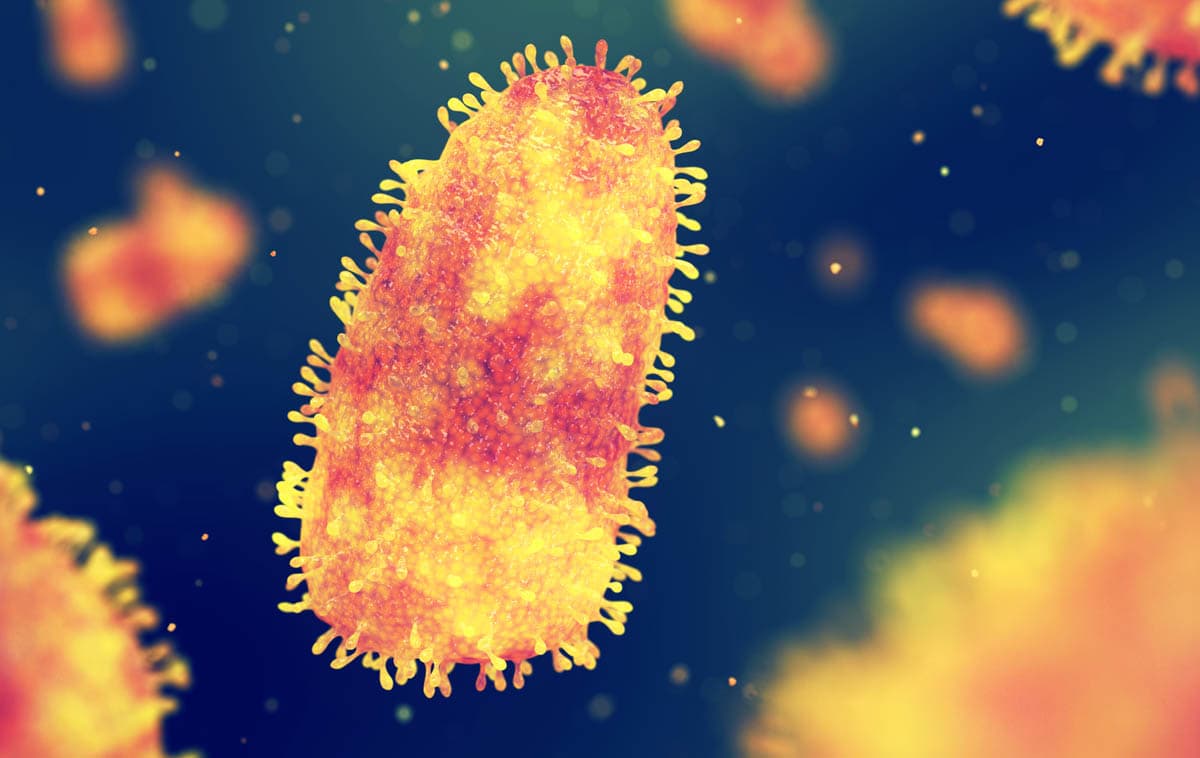At a glance
|
About
Rabies is a fatal infection of the central nervous system caused by the virus belonging to the Rhabdoviridae family. It is found in almost all warm-blooded mammals and is of great concern due to it being zoonotic (transmissible from animals to humans).
The disease is found in all continents of the world except Australia and Antarctica. Although Australia doesn’t have rabies, bats in Australia are known to carry a virus known as Australian bat lyssavirus (ABL), which is a close relative to the rabies virus. There have been no cases of infection in Australian cats although human infection has occurred. This article refers to rabies only, not ABL.
Transmission
Direct contact: The virus is spread via the saliva of an infected animal. Skunks and raccoons are the major sources of infection in the US although most cases of human infection occur as a result of dog bites. Infection is more common in cats than dogs (4 to 1), no doubt due to contact with infected animals when they roam.
The virus doesn’t live long outside the body and is susceptible to most common disinfectants.
Symptoms
The incubation period of rabies is from 30-90 days but may take as long as a year. As a general rule, the further from the brain the bite occurs, the longer the incubation period. The animal is not contagious during the incubation period.
The virus is shed in the saliva and primarily transmitted via bite wounds. The virus initially replicates in the muscle cells until it has reached a high enough concentration to reach nearby sensory and motor nerve endings [1]. From there it makes its way to the spinal cord and eventually the brain. Once in the brain, it travels back along the nerves to the mouth, where it enters the saliva.
Death typically occurs within 10 days of the onset of clinical signs.
Rabies has three phases, prodromal, furious and dumb/paralytic. Cats may experience all three phases, or just one or two.
During the prodromal (meaning early symptoms) phase, which lasts 1-3 days, the cat may display the following symptoms:
From the prodromal phase, cats may enter the furious phase, which lasts from two to four days. Symptoms include:
- Aggression
- Irritability
- Muscle tremors
- Incoordination
- Convulsions
Finally the dumb/paralytic phase. Symptoms include:
- Paralysis of the throat
- Hypersalivation (drooling)
- Paralysis of the rear legs
- Coma
- Respiratory failure
Diagnosis
The only accurate diagnosis of rabies is via examination of the brain material or a direct fluorescence antibody test, after death.
Update:
The CDC has developed a new rapid rabies test called LN34 which uses PCR (polymerase chain reaction) to detect the virus in brain samples.
Treatment
There is no effective treatment for rabies in cats and euthanasia is necessary. Due to the serious nature of the disease and the risks of transmission to humans, if rabies is suspected submission of the head to the proper authorities is required for rabies testing.
Seek immediate medical care if you believe you have been bitten by an animal infected with rabies.
Prevention
Vaccinate all cats in affected areas with the rabies vaccine at 3-4 months of age.
Avoid letting your cats free-roam.
References:
[1] Veterinary Virology – Frederick A. Murphy, E. Paul J. Gibbs, Marian C. Horzinek, Michael J. Studdert

